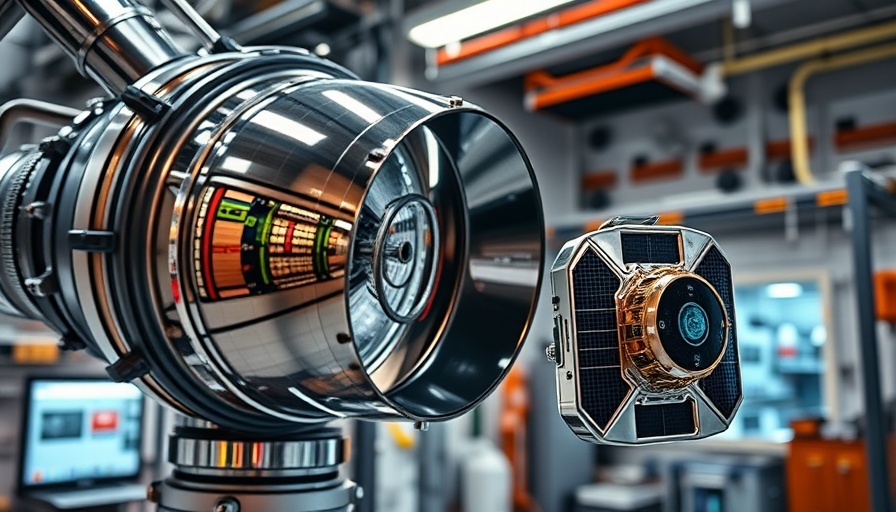
NASA Delays Launch of Groundbreaking Space Missions
NASA's eagerly anticipated SPHEREx and PUNCH missions will now have to wait until March 6 for their lift-off. Initially set for February 27, this marks the fourth postponement for these innovative projects, which will launch aboard a SpaceX Falcon 9 rocket from Vandenberg Space Force Base in California. Originally targeted for March 4, NASA updated the schedule to accommodate further evaluations necessary for the rocket's readiness.
Understanding SPHEREx and PUNCH
The SPHEREx mission, an abbreviation for Spectro-Photometer for the History of the Universe, Epoch of Reionization and Ices Explorer, is designed to study some of the earliest moments of the universe's formation, focusing on cosmic processes triggered just after the Big Bang. Its infrared capabilities will allow scientists to map vast regions of the universe, shedding light on how galaxies evolve over billions of years.
On the other hand, PUNCH, or Polarimeter to Unify the Corona and Heliosphere, is focused on solar dynamics. It will deploy a constellation of four small satellites capable of observing phenomena like coronal mass ejections (CMEs) — explosive events on the sun that can disrupt satellite communications and pose risks to spacecraft. PUNCH aims to enhance our understanding of space weather, an increasingly critical area of study as our reliance on satellites continues to grow.
Space Innovations and Collaborative Missions
This duo of missions represents a significant step forward in NASA's collaborative approach to space exploration. The rideshare method not only maximizes efficiency but also economizes resources by relying on one launch vehicle for multiple missions. This strategy falls under NASA's Launch Services Program, which aims to streamline operating costs while enhancing scientific output.
The Importance of These Missions
As both SPHEREx and PUNCH prepare for launch, the scientific community is abuzz with the potential discoveries they could yield. SPHEREx may unlock revelations about the fundamental components that give rise to life, while understanding CMEs and solar dynamics through PUNCH could protect our technological infrastructure from space weather events. Together, they represent how NASA is not only exploring the cosmos but also addressing challenges that come with space weather's profound impacts on Earth.
Anticipating the Launch
Set to launch at 10:09 p.m. EST (7:09 p.m. PST) on March 6, the event will be streamed live on NASA's website and YouTube channel. As the countdown begins, anticipation builds not just for the launch but for the critical insights these missions will provide. Their findings could shape our understanding of both our universe and the conditions necessary for life as we know it.
This delay serves as a reminder of the complexities involved in space exploration but also highlights the meticulous care taken by NASA to ensure that once these missions embark, they have every chance to succeed in their scientific goals.
 Add Row
Add Row  Add
Add 




Write A Comment